Flicker Fusion Threshold (2016)
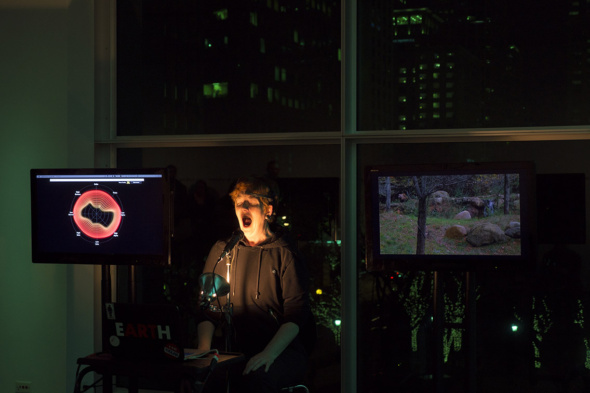 What is the rhythm of seeing breathing?
What is the rhythm of seeing breathing?
In order for humans to perceive singular images or bursts of light as continuous, it’s generally thought they should flicker at a rate of 50Hz. Critical flicker fusion rate.[1]
Early films determined that motion appeared continuous at rates of 16 frames per second, to push beyond the distraction of the shutter of a camera. Modern frame rates for digital media are set at 24-60 frames per second. But flicker rates and frame rates are not the same– humans can detect motion at much lower frame rates, and potentially detect flickers and interruptions at rates of 500 Hz.[2]
A lot depends on the intensity of a light or image, and there has been some debate as to exactly how the eye and brain combine moments of stillness into action.
The average resting adult human breathes 12-20 times per minute. Respiratory rate. [3]
In a hospital, nurses may calculate a patient’s breathing rate while measuring their pulse, not alerting the patient to the fact that their breaths are being observed: such awareness could alter the rhythm of their breathing.[4]
The observation of breath is central to many meditation practices. Practitioners of Anapanasanti, a method within Vipassana Meditation, will spend hour-long sessions focused soley on the sensation of their breathing, working to allow other feelings and thoughts to pass. Some studies have suggested that long-term meditation increases the number of gamma neural oscillations in practitioners.[5]
These oscillations are patterns of synchronized communication between neurons in the brain. Gamma waves are detectable in extracellular electric fields between 30-90 Hz. Gamma oscillations are thought to transiently link distributed cell assemblies that are processing related information, a function that is probably important for network processes such as perception, attentional selection and memory. Oscillations.[6]
One study has found that our neural oscillations determine our ability to perceive flashes of light.[7]
What passes in the flicker of a light?
A performance of breath with an EEG headset, and flickering images of animals and Trump supporters breathing. Performed at the Museum of Contemporary Art Chicago as part of MCA Live: aper_ture: admitting the light. Thanks to Ann Meisinger. Photos by Ji Yang. Thanks to Marissa Lee Benedict, Liz Ensz and Lindsey French for an intense few years of personal and artistic growth.
Flicker Fusion Threshold from Meghan Moe Beitiks on Vimeo.
[1] Davis, J. et al, “Humans Perceive flicker artifacts at 500 Hz,†Scientific Reports 5, Article number: 7861 (2015)
[2] Davis, J. et al, “Humans Perceive flicker artifacts at 500 Hz,†Scientific Reports 5, Article number: 7861 (2015)
[3] The Cleveland Clinic, http://my.clevelandclinic.org/health/diagnostics/hic_Vital_Signs, accessed July 31st, 2016
[4] Mooney, Gail P. “Respiratory assessment,†Nursing times, August 13th, 2007, http://www.nursingtimes.net/clinical-archive/respiratory/respiratory-assessment/200191.fullarticle, accessed July 31st, 2016
[5] Lutz, A. et al, “Long-term meditators self-induce high-amplitude
gamma synchrony during mental practice,†PNAS _ November 16, 2004 _ vol. 101 _ no. 46 _ 16373
[6] Colgin, LL. Et al, “Frequency of gamma oscillations routes flow of information in the hippocampus.†2009 Nov 19;462(7271):353-7.
[7] Busch et. Al, “The Phase of Ongoing EEG Oscillations predicts Visual Perception,†The Journal of Neuroscience, June 17, 2009 • 29(24):7869 –7876
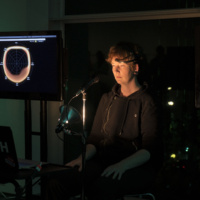
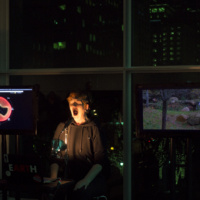
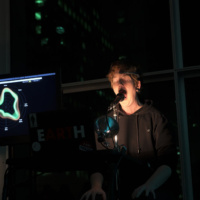
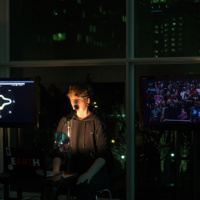
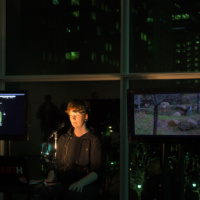
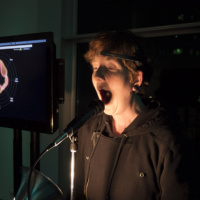
Leave a Reply